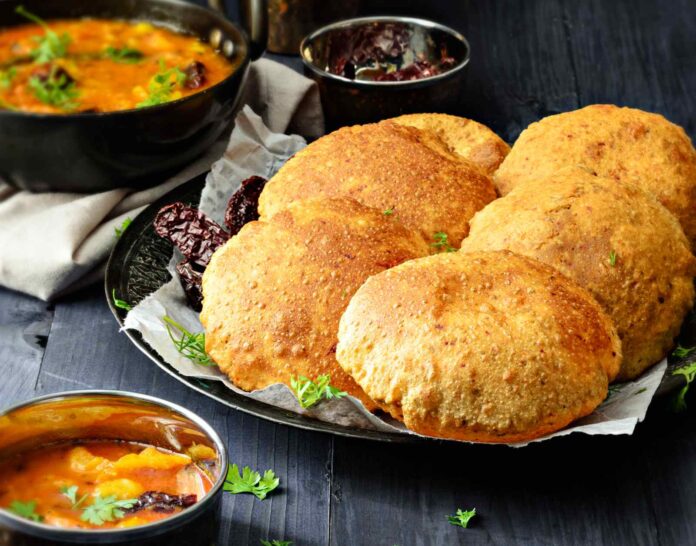Introduction:
Have you ever pondered over the intriguing question of how much oil a poori absorbs? This delectable Indian deep-fried bread, known for its fluffy texture and mouthwatering aroma, holds a captivating secret within its golden exterior. In this article, we embark on an exploration to unravel the mysteries of the oil absorption phenomenon in pooris, shedding light on this culinary marvel.
The Science Behind Poori Preparation:
Before delving into the absorption capacity of pooris, let’s first understand the science behind their preparation. Pooris are made by kneading whole wheat flour, salt, and water into a smooth dough, which is then divided into small balls. These dough balls are rolled out into circular discs and deep-fried in hot oil until they puff up and turn crisp. The rapid expansion of the dough during frying creates the characteristic airy texture of a well-made poori.
Exploring the Oil Absorption Process:
Now, let’s focus on the main question at hand: how much oil does a poori absorb during the frying process? Several factors influence the oil absorption, including the quality of the dough, the temperature of the oil, and the frying time.
When a raw poori dough is immersed in hot oil, the moisture within the dough rapidly evaporates, creating steam. The steam generated within the dough pushes against its walls, causing it to expand and puff up. Simultaneously, the heat from the oil cooks the starches present in the dough, leading to the development of a crispy outer layer. The porous structure formed inside the poori allows it to absorb a small amount of oil, enhancing its flavor and texture.
Determining the Oil Absorption:
The exact amount of oil absorbed by a poori can vary, but on average, it is estimated that a single poori absorbs around 1 to 2 teaspoons of oil. It’s important to note that this absorption is relatively minimal compared to other deep-fried snacks, thanks to the quick cooking process and the steam-driven expansion that limits excessive oil uptake.
Tips to Minimize Oil Absorption:
For those who prefer a lighter version of pooris, here are a few tips to reduce oil absorption:
Dough Consistency:
Ensure the dough is soft and pliable, as a stiffer dough tends to absorb more oil.
Oil Temperature: Maintain the correct temperature of the oil during frying. If the oil is too hot, the pooris will cook too quickly, leading to increased oil absorption.
Drain Excess Oil: After frying, place the pooris on a kitchen towel or paper towel to absorb any excess oil.
Conclusion:
Next time you savor a plate of piping hot pooris, take a moment to appreciate the delicate balance between oil absorption and the delectable texture they offer. With a better understanding of the science behind poori preparation, you can now enjoy these delightful treats while making conscious choices to minimize oil absorption. Happy frying and indulging in the irresistible goodness of pooris!




